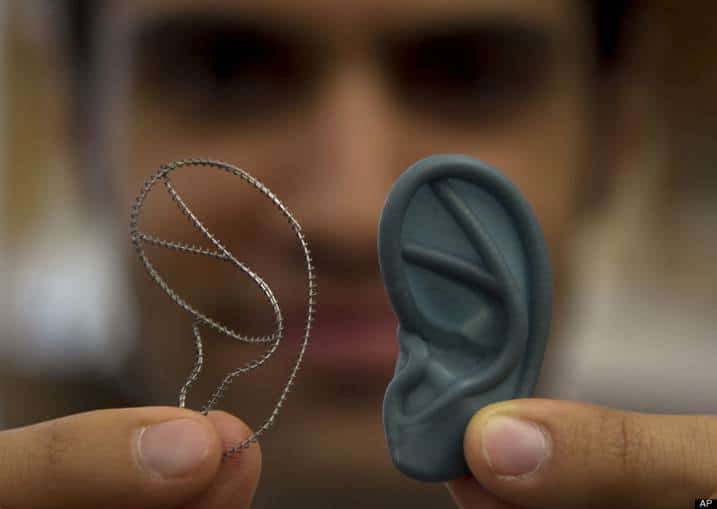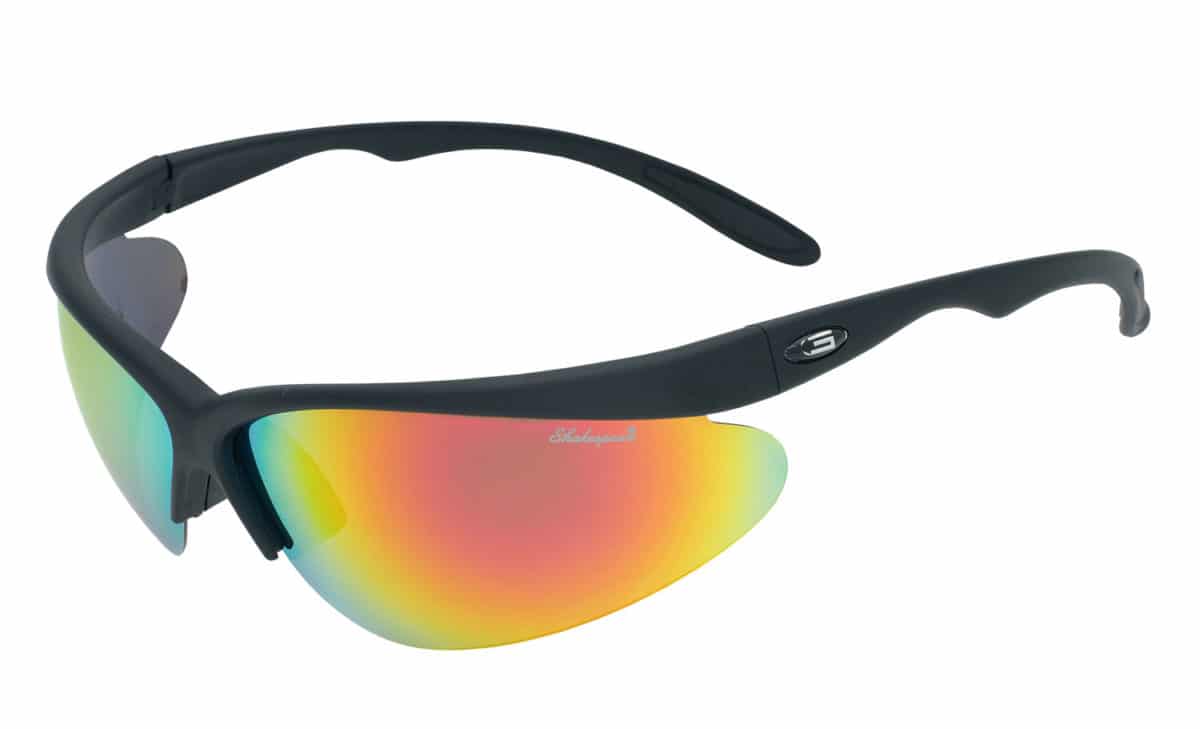Aug. 05, 2014
By Marshall Chasin, AuD The following post was first published in Hearing Review in July 2014 and is republished here by permission. You should always make time for family, and one thing I have learned as a father is to always do things with your children. Several years ago, I approached my daughter CJ and said, “What would you








